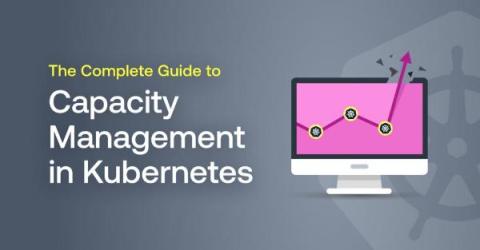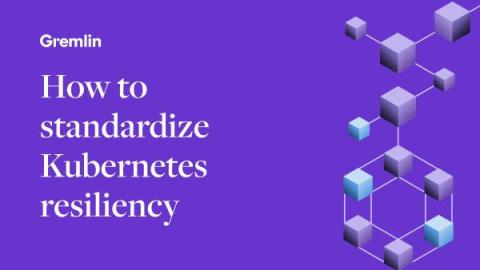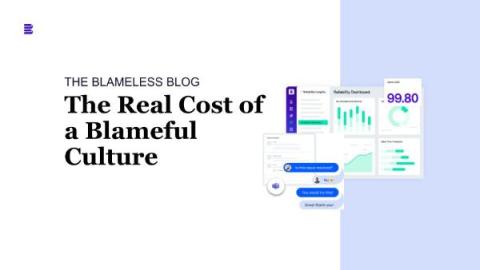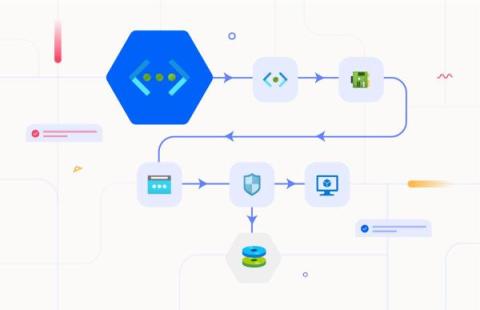The Complete Guide to Capacity Management in Kubernetes
In the dynamic world of container orchestration, Kubernetes stands out as the undisputed champion, empowering organizations to scale and deploy applications seamlessly. Yet, as the deployment scope increases, so do the associated Kubernetes workload costs, and the need for effective resource capacity planning becomes more critical than ever. When dealing with containers and Kubernetes you can find yourself facing multiple challenges that can affect your cluster stability and your business performance.











